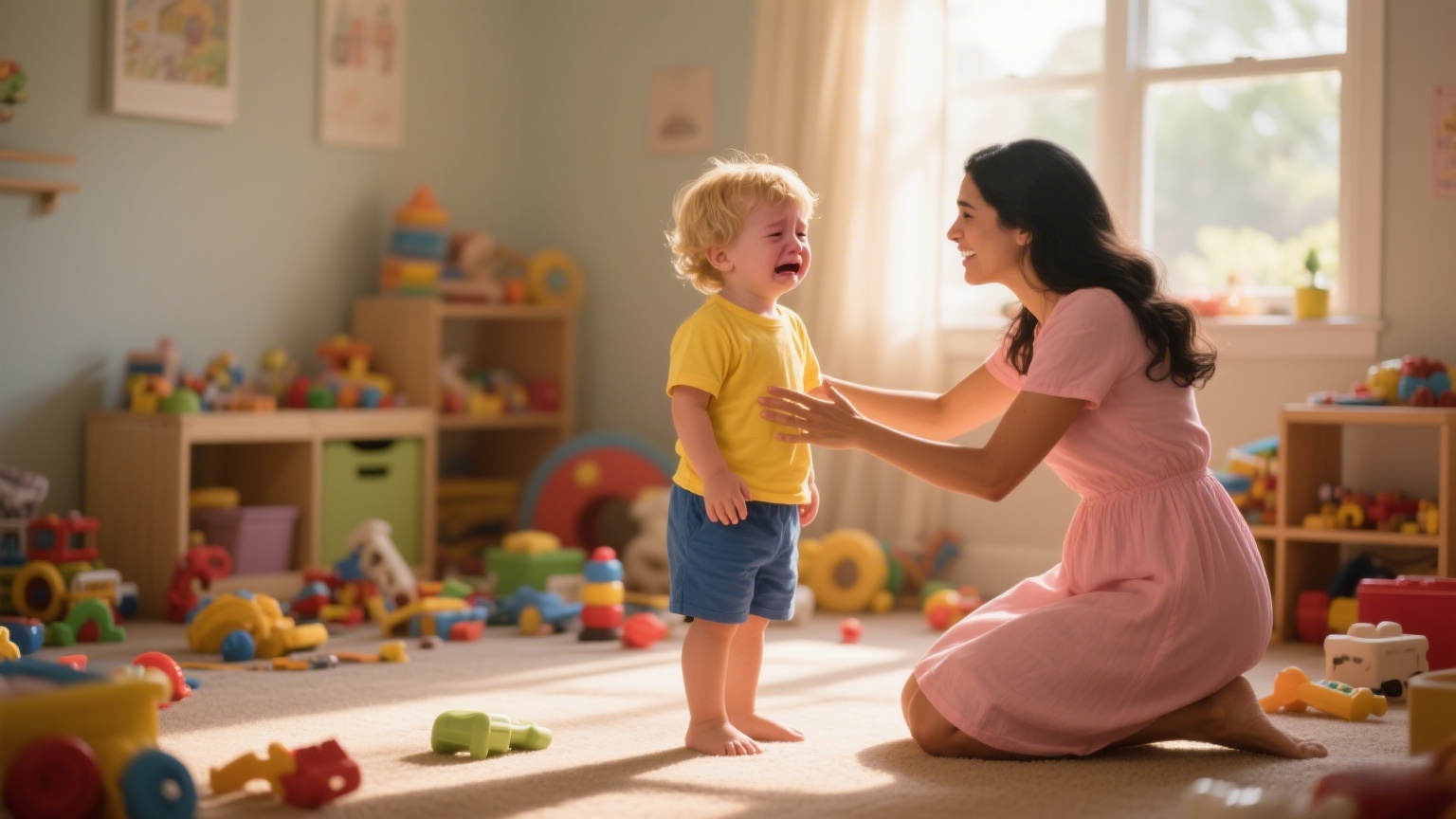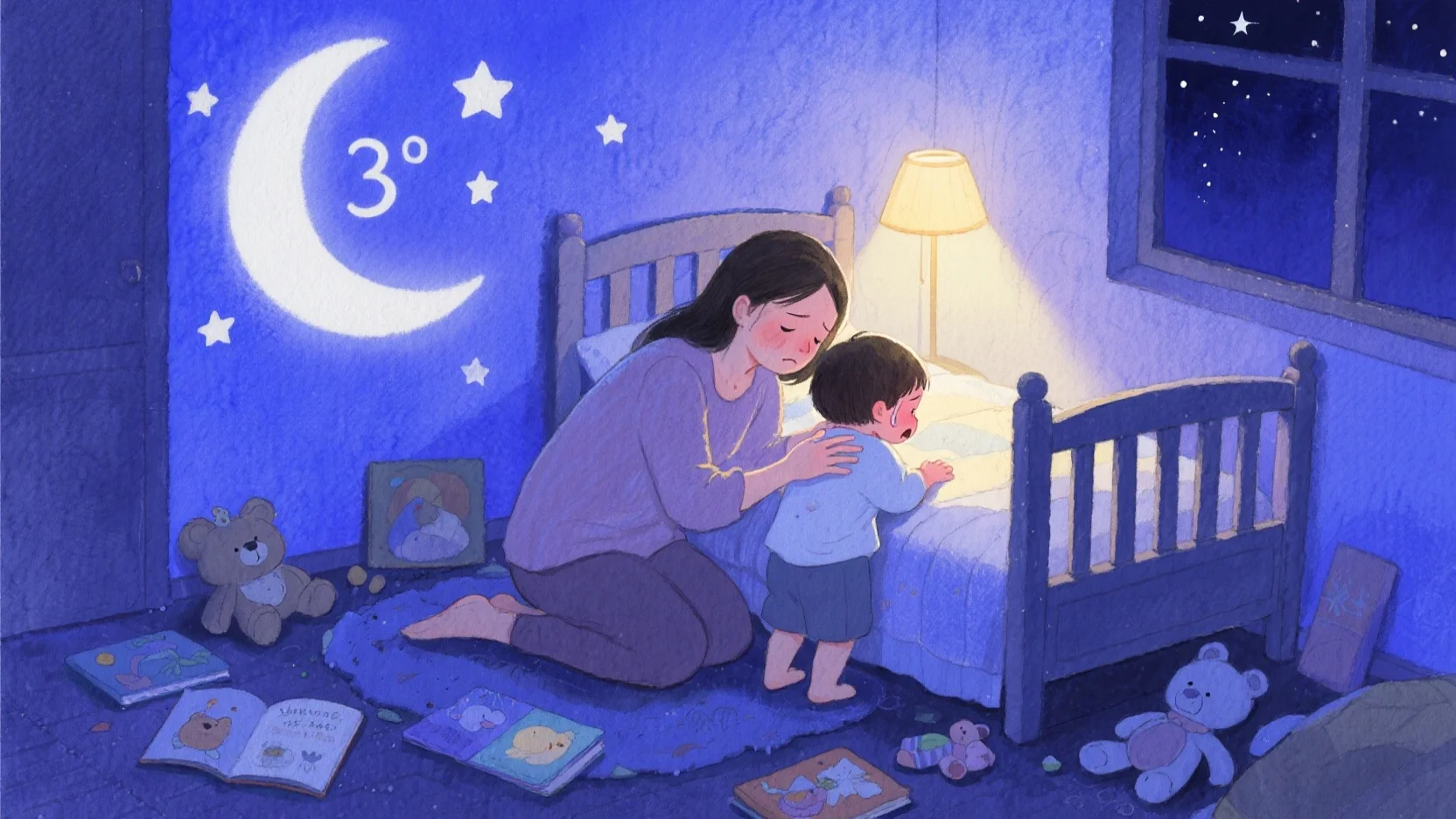The Surprising Benefits of Tantrums
While exhausting in the moment, tantrums serve a critical developmental purpose. Here’s why they’re a positive sign for your child’s growth—and how to respond supportively:
1. Emotional Detox
- Science-backed: Tears contain stress hormones like cortisol. Crying physically releases tension and can lower blood pressure.
- Post-tantrum reset: You’ve likely noticed your child seems calmer and more cooperative after a meltdown.
Parent Tip:
Instead of stopping the tantrum, offer quiet presence. Say: “I’m here when you’re ready for a hug.”
2. Learning Boost
- Brain development: Children process emotions while they learn. A tantrum clears mental blocks, improving focus afterward.
- Study finding: Kids absorb information best when emotionally regulated.
3. Better Sleep
- Bottled-up emotions often surface at bedtime. Letting tantrums run their course reduces nighttime wake-ups.
4. Boundary Testing (This Is Good!)
When your “no” triggers a tantrum:
✅ It means your child trusts you enough to react openly
✅ They’re learning limits—even if they protest
Script:
“I won’t let you [action], but I see you’re upset. Want to stomp your feet with me?”
5. Secure Attachment
- Hidden compliment: Tantrums mean your child feels safe showing big feelings with you.
- Core need: Underneath the screams, they’re asking: “Do you still love me when I’m like this?”
6. Connection Opportunity
Do:
✔️ Stay nearby (avoid walking away)
✔️ Offer brief validation: “This feels really hard right now.”
✔️ Hug if they accept it
Avoid:
✖️ Lectures during the storm
✖️ Bargaining or giving in
7. Long-Term Behavior Gains
Tantrums help kids:
- Release emotions blocking cooperation
- Reduce aggressive behaviors later
- Develop emotional regulation skills
8. Fewer Public Meltdowns
Kids who freely express feelings at home are less likely to unravel in public.
Preventive Strategy:
Create a “calm corner” with pillows or stuffed animals for emotional release.
9. A Skill Most Adults Lost
- Raw emotional honesty is natural for toddlers but often suppressed by adulthood.
- Healthy modeling: Show it’s okay to feel deeply by naming your own emotions.
10. Healing for Parents
- Trigger warning: Your child’s outbursts may surface memories of your childhood.
- Growth chance: Responding with patience can reparent your inner child.
Self-Care Idea:
Text a friend: “Survived another tantrum—send memes!”
Key Takeaways
- Tantrums are biological stress relief, not manipulation.
- Your calm presence teaches emotional resilience.
- Set limits and offer empathy: “I love you, but we don’t hit.”
Remember: This phase passes. By honoring their emotions now, you’re raising an adult who can healthily process feelings.








